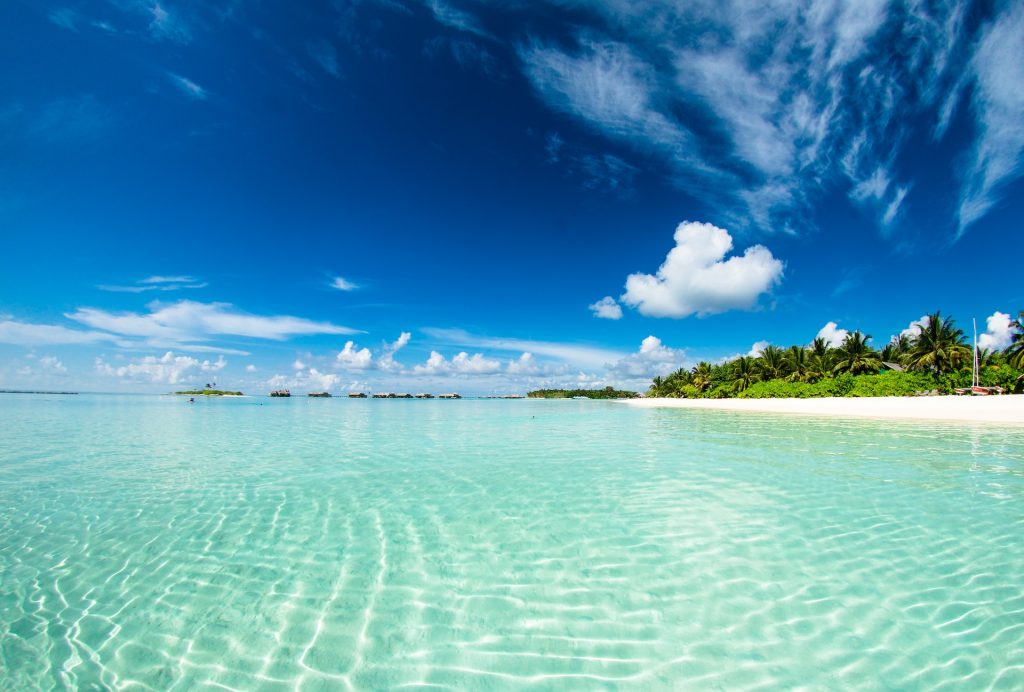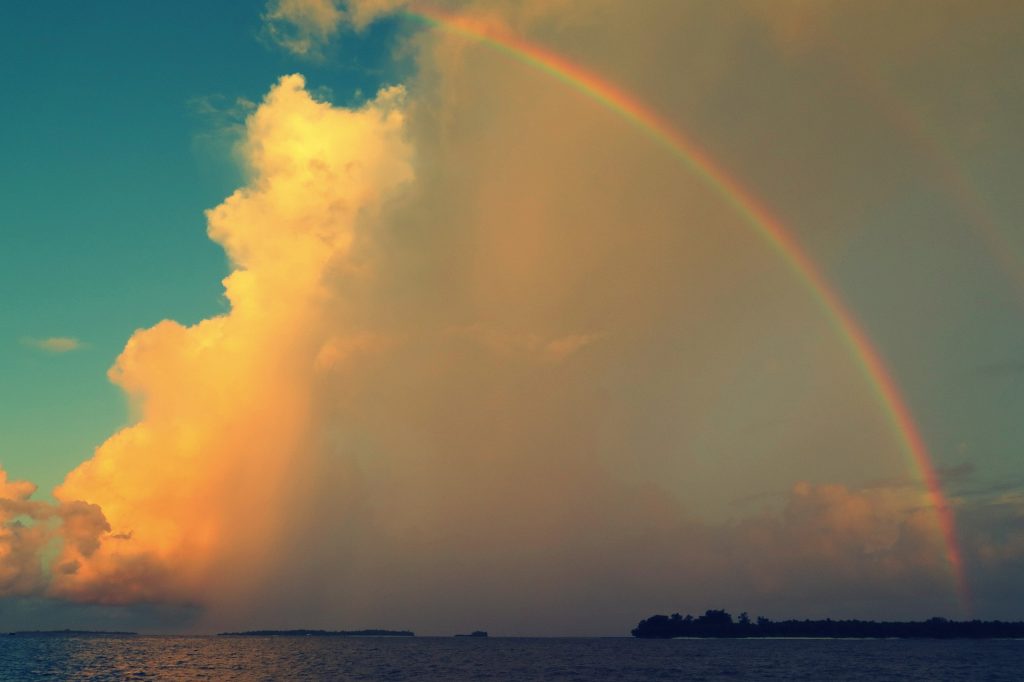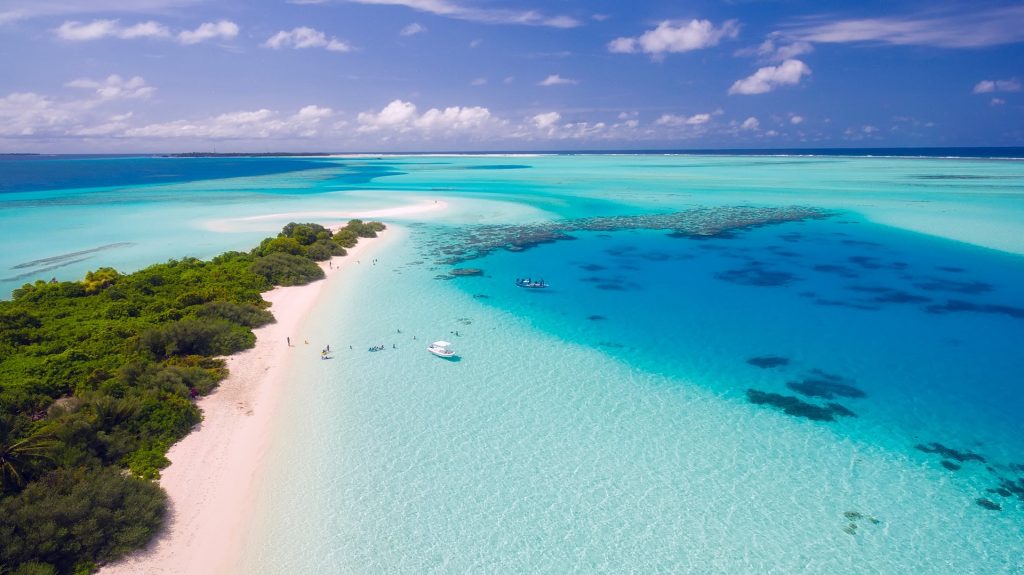Understanding the Maldives Seasons: A Comprehensive Guide

1. Dry Season: November to April
The dry season in the Maldives, also known as the northeast monsoon, spans from November to April. During this period, the weather is characterized by sunny days, calm seas, and lower humidity levels. It’s the perfect time for beach lovers and water enthusiasts to bask in the golden sun, explore the vibrant coral reefs, and indulge in various water sports such as snorkeling and diving. The dry season is also the peak tourist season, attracting travelers worldwide seeking a tropical escape.
2. Wet Season: May to October
The wet season in the Maldives, known as the southwest monsoon, occurs from May to October. Occasional rain showers and higher humidity mark the weather during this time. While rain can be expected, it is usually in short bursts followed by clear skies. The wet season offers a unique charm as the lush greenery flourishes and the marine life thrives. It’s a quieter time to visit the Maldives, with fewer tourists and more affordable rates on accommodations and activities.
3. Maldives Season: Shoulder Seasons: April, May, September, and October
The transitional months of April, May, September, and October are considered the shoulder seasons in the Maldives. These months offer a blend of characteristics from both the dry and wet seasons. The weather during the shoulder seasons can be variable, with a mix of sunny days, occasional rain showers, and moderate humidity. It’s a great time for travelers who prefer a balance between favorable weather conditions and fewer crowds. You can still enjoy the stunning beaches, engage in water activities, and experience the unique ambiance of the Maldives.
4. Surfing Season: March to October
For surf enthusiasts, the Maldives offers excellent waves during the surfing season, which typically extends from March to October surfers worldwide flock to the Southern Atolls during these months to ride the famous swells. The consistent swells and favorable wind conditions create ideal surfing opportunities, making the Maldives a sought-after destination for surfers of all levels. If you’re an avid surfer or want to witness the exhilarating surf culture, consider planning your visit during the surfing season.
5. Manta Ray Season: May to November
One of the highlights of visiting the Maldives is the opportunity to witness the majestic manta rays. These graceful creatures gather in large numbers during their feeding season, from May to November. Diving or snorkeling in popular manta ray hotspots like Hanifaru Bay allows you to see these gentle giants gliding through the water. If you’re passionate about marine life and want to experience this incredible natural phenomenon, plan your trip during the manta ray season.
6. Whale Shark Season: November to April
The Maldives is also known for its encounters with the gentle giants of the sea, the whale sharks. These magnificent creatures can be spotted throughout the year. Still, the peak season for whale shark sightings is November to April. During this time, the plankton-rich waters attract these gentle giants, offering an exciting opportunity to swim alongside them. Snorkeling or diving excursions to well-known sites like South Ari Atoll increase your chances of encountering these mesmerizing creatures up close.
7. Temperature and Climate
The Maldives enjoys a tropical climate with warm temperatures throughout the year. Average temperatures range from 25°C to 31°C (77°F to 88°F). The temperature remains relatively consistent, with only slight variations between the seasons. The warm and inviting water temperature makes swimming and water activities enjoyable year-round. It’s important to note that the Maldives is susceptible to occasional tropical storms and cyclones, mainly during the wet season. However, advanced weather monitoring systems ensure the safety of travelers, and resorts are well-equipped to handle such situations.

8. Choosing the Best Time to Visit the Maldives
The best time to visit the Maldives depends on your preferences and what you seek from your vacation. The dry season from November to April is ideal if you desire sunny skies, calm seas, and a bustling atmosphere. However, you prefer a quieter, more affordable experience with occasional rain showers. In that case, the wet season from May to October might suit you better. The shoulder seasons offer a middle ground, combining favorable weather conditions with fewer tourists. Consider your specific interests, such as surfing or encountering marine life, when planning your trip to align with the respective seasons.
By understanding the Maldivian seasons, you can make an informed decision and ensure a memorable vacation tailored to your preferences. Whether you visit during the dry, wet, or shoulder seasons, the Maldives promises breathtaking beauty, pristine beaches, and a vibrant underwater world.

FAQ
What are the rainy seasons in the Maldives?
The Maldives experiences two primary monsoon seasons: the southwest monsoon from May to October and the northeast monsoon from November to April. The southwest monsoon brings occasional rain showers and higher humidity. In comparison, the northeast monsoon is characterized by drier weather and lower humidity. However, it’s important to note that the weather in the Maldives can be unpredictable, and rain showers can occur even during the dry season. Pack a light rain jacket or umbrella to be prepared for any unexpected showers.
What time of year is the Maldives cheap?
The wet season, particularly May to October, is generally considered the low season in the Maldives. During this period, you can often find more affordable rates for accommodations and activities. The low season offers an opportunity to experience the Maldives on a budget and enjoy a quieter atmosphere with fewer tourists. However, it’s worth noting that prices may vary depending on the specific resort, location, and demand.
Which month is expensive in the Maldives?
The high season in the Maldives, when prices tend to be higher, generally falls within the dry season from November to April. The months of December and January, in particular, are popular among travelers, leading to higher demand and potentially higher prices. If you’re looking for a more budget-friendly option, consider visiting during the wet season or the shoulder seasons when rates may be lower.
What is the least rainy month in the Maldives?
The least rainy month in the Maldives is usually February. During this time, the northeast monsoon is in full swing, bringing clear skies and minimal rainfall. It’s an excellent time to enjoy the beautiful beaches, partake in water activities, and explore the underwater wonders. However, it’s important to remember that weather patterns can vary, and rain is always possible, even during the driest months.
How many days do you need in the Maldives?
The ideal duration for a trip to the Maldives depends on your preferences and available time. While it’s possible to enjoy a short getaway for a few days, it’s recommended to plan for at least a week to immerse yourself in the beauty of the Maldives fully. This allows you to indulge in various water activities, explore different islands, and unwind in luxurious resorts. If you have more time, extending your stay allows for a more relaxed and immersive experience.
Which month is cold in the Maldives?
The Maldives enjoys a tropical climate, and cold temperatures are not typically experienced. However, a relatively more relaxed period from December to February during the northeast monsoon can bring slightly lower temperatures than the rest of the year. The temperatures during this period usually range from 25°C to 29°C (77°F to 84°F), which may feel refreshing for those seeking a break from the intense tropical heat.
Is it worth going to the Maldives in July?
July falls within the wet season in the Maldives, with occasional rain showers and higher humidity. While there is a possibility of rain, it’s important to note that rain showers in the Maldives are often short-lived, and the skies can clear up quickly. July still offers plenty of opportunities to enjoy the beautiful beaches, indulge in water activities, and explore the vibrant marine life. Visiting the Maldives in July can still be worthwhile if you don’t mind the occasional rain and prefer a quieter and more affordable experience.
Is it worth going to the Maldives in June?
June is part of the wet season in the Maldives, characterized by occasional rain showers and higher humidity. While the weather can be unpredictable, the Maldives remains a breathtaking destination with stunning landscapes and crystal-clear waters. June offers a quieter ambiance and more affordable rates than the high season. If you’re willing to embrace the occasional rain showers and enjoy a more tranquil experience, visiting the Maldives in June can be rewarding.
What if it rains in the Maldives?
If it rains during your stay in the Maldives, don’t let it dampen your spirits. Rain showers in the Maldives are often brief, and the weather can clear up quickly. Take the opportunity to explore the resort’s facilities, indulge in spa treatments, or enjoy a romantic dinner with breathtaking ocean views. Alternatively, you can venture indoors to explore local markets, engage in cooking classes, or learn about Maldivian culture and traditions. Embrace the islands’ beauty, rain or shine, and make the most of your time in this tropical paradise.